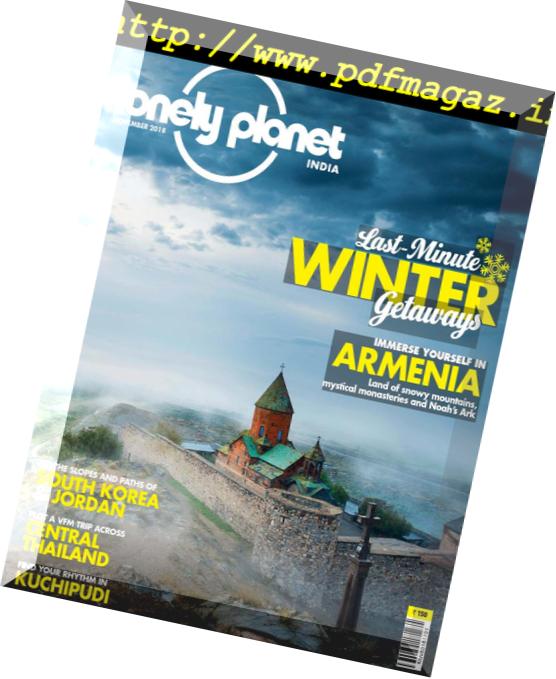

When I started, it was mostly for my personal experience and fun. Ramgarh Dam and Lake are the youngest structures dating back to late 19th century.ĭid you have faith in it as a sellable programme for visitors from both home and abroad? Nahargarh Fort is a defence structure designed to house thousands of people, both military and civilians. Amer Fort and Palace is a defence structure as well as a royal residence. All three are cultural and historical sites of importance and tell a different story of water. What is the reason behind choosing these three places? You offer three different heritage water walks – Nahargarh, Amer Fort and Palace, and Ramgarh Lake. In essence, water is our collective cultural repository. ND: We celebrate water in every aspect of our lives, be it our beliefs and traditions, food, language, art, and architecture, music, or dance. What is the cultural impact of water on Rajasthan? Some of these technologies or systems are paar, kuin, johad, nadi, jhalara, kuan, talaab, beri, khadin, baodi/bawadi, sagar ke ‘kuen’, etc.

Topography plays a very important role in this technological evolution. Different regions have developed different mechanisms and technology to conserve water. ND: Water architecture in Rajasthan is very rich and varied. This precious elixir of life has also evolved into a sacred space in water-deprived societies.Ĭould you shed some light on the water architecture of Rajasthan and its historical roots? This gives rise to a societal structure with water at its core. However, when a group of people chooses or is forced to survive in a water desperate zone, water concern consumes their every living activity. ND: Water is critical for survival for every living being. Tell us something about the importance of the ‘water culture’ of Rajasthan and how it plays out as a community effort. For me, this was the cultural phenomenon that had to be discovered. I grew up wondering how did this barren dead place evolve into a thriving and beautiful culture? It is omnipresent and yet stays hidden in plain sight. ND: The inspiration has always been my own past. What was the inspiration behind this initiative? Heritage Water Walks is a very unique concept as a tourism product in the Jaipur region. Jaipur-based Doshi, who has spent a decade and a half working in the sustainability space, started Heritage Water Walks to showcase this lesser-known cultural phenomenon of Rajasthan. A graduate from the Fletcher School of Law and Diplomacy at Boston’s Tufts University and a 17th generation Registani, Neeraj Doshi, founder of Heritage Water Walks, digs deep into his roots of the village ways to reveal their deeply embedded water conservationist practises that are as relevant to the desert state today as they were centuries back. Let the British wallow in their tubs…and the Americans revel in their power showers…but give a true-blue ‘Registani’ his balti bath any day.


 0 kommentar(er)
0 kommentar(er)
